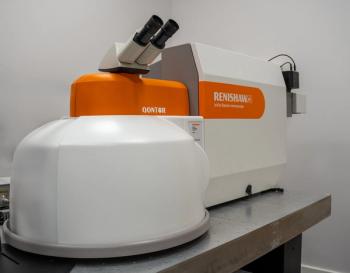
Dating Prehistoric Rock Paintings
A new dating method is allowing archaeologists to determine the age of ancient pictographs, or rock paintings.
A new dating method is allowing archaeologists to determine the age of ancient pictographs, or rock paintings. Described by Dr. Martin W. Rowe of Texas A&M University (College Station, Texas), the highly sensitive method is known as accelerator mass spectrometry and requires only 0.05 mg of carbon in order to assess an artifact’s age.
Dr. Rowe points out that rock paintings are among the most difficult archaeological artifacts to date because they lack the high levels of organic material needed to assess age using radiocarbon dating, which has been the standard archaeological technique for more than 50 years. This new method allows archaeologists to incorporate rock paintings into the collection of artifacts that can be used to study life in prehistoric times.
Newsletter
Get essential updates on the latest spectroscopy technologies, regulatory standards, and best practices—subscribe today to Spectroscopy.



